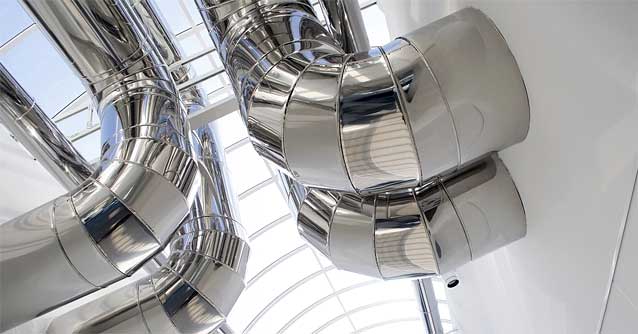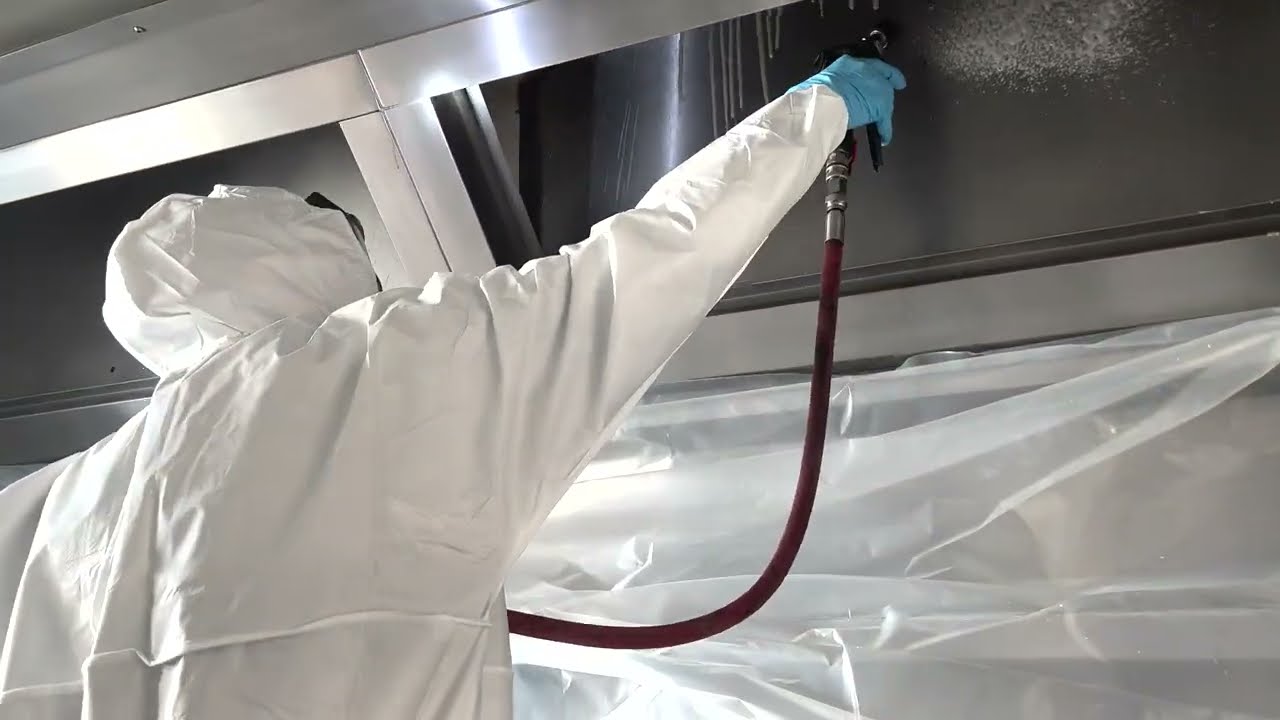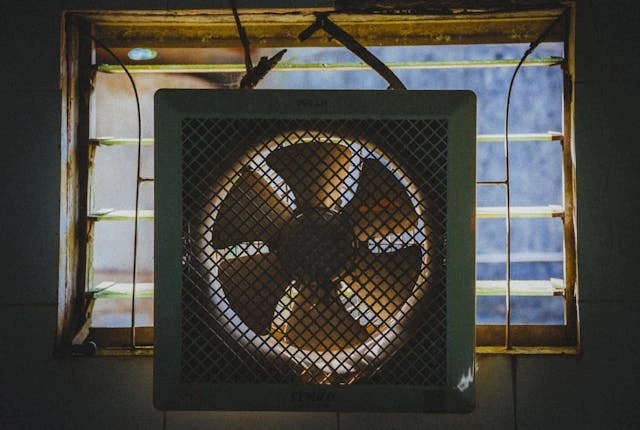
Discover the Commercial Duct Cleaning Process
Commercial duct cleaning is essential for preserving a healthy indoor environment and ensuring your HVAC system operates efficiently. Air ducts are critical for circulating air throughout commercial buildings
Over time, however, these ducts can collect dirt, dust, and other debris, which can harm indoor air quality and lead to health problems for occupants.
Professional HVAC cleaning involves a multi-step process designed to eliminate contaminants from air ducts, enhance indoor air quality, extend the lifespan of your system, and improve energy efficiency.

Step 1: Inspection
The first step in the commercial duct cleaning process involves a thorough inspection of the air ducts. This stage is crucial for evaluating the overall condition of the ducts and pinpointing any areas that require special attention. The inspection includes a visual examination of the vents and surrounding areas to identify signs of dirt, dust, mold, and other contaminants.
During this inspection, the service provider will also check for any damages or potential issues that could impact the HVAC system's performance. For example, they will assess the ductwork for leaks, cracks, or other indications of wear and tear that may affect airflow. Additionally, they will inspect the insulation and duct linings for any signs of damage or deterioration that could compromise air quality.
Moreover, the inspection may utilize specialized tools, such as cameras and sensors, to uncover issues that are not visible to the naked eye. This technology helps identify areas needing special focus and allows the technician to determine the most effective cleaning methods.
Step 2: Preparation
The preparation phase of the commercial duct cleaning process is just as vital as the cleaning itself. Proper preparation ensures that the cleaning is carried out efficiently and effectively while protecting the ducts from potential damage.
During this phase, the cleaning technician will take measures to safeguard the air ducts and surrounding areas from dust and debris. This may involve setting up containment barriers, such as plastic sheeting, to prevent the spread of contaminants.
Thorough preparation is essential for ensuring that the duct cleaning is performed correctly and efficiently. Building owners can assist by clearing all furniture and equipment from the cleaning area, making it easily accessible for the cleaning service provider. Additionally, building owners should consult with the contractor to discuss any steps they can take to facilitate the cleaning process.
Step 3: Cleaning
The cleaning phase is a vital part of the commercial duct cleaning process, focusing on eliminating all dirt, dust, and other contaminants from the air ducts. To accomplish this, the cleaning technician will utilize specialized tools and techniques tailored for the task.
The initial step in the cleaning process involves removing debris and loose particles from the air ducts. This may include the use of brushes, air blowers, and vacuums to eliminate contaminants and blockages.
Following this, the cleaning service provider will address any mold present in the air ducts. Since mold can pose significant health risks, it’s crucial that it is properly removed and treated. This may involve using mold-specific cleaning agents or a combination of cleaners and vacuums.
Once the cleaning and disinfection are finished, the air ducts will be thoroughly rinsed with clean water to eliminate any remaining residue.
It’s important to emphasize that the cleaning process should only be carried out by a professional duct cleaning contractor trained in the appropriate techniques and equipment. An untrained or inexperienced cleaner could damage the air ducts or leave behind contaminants, undermining the effectiveness of the cleaning effort.
Step 4: Sanitisation
Once the cleaning process is complete, it’s essential to sanitize the air ducts to remove any remaining contaminants and ensure that indoor air quality is safe for occupants. This step involves using a safe and effective sanitizing solution that can eliminate mildew, bacteria, viruses, and other harmful substances that may be present in the ducts.
It’s important to understand that sanitization should not be viewed as a replacement for cleaning. Both cleaning and sanitization are critical components of the commercial duct cleaning process, and each step must be executed properly to ensure the ducts are well-maintained.
Step 5: Reassembly and Final Inspection
During the reassembly phase, the cleaning technician will ensure that all access panels and coverings are securely reattached and that all connections are tightened. They will also inspect the ductwork for any damage that may have occurred during the cleaning process and make necessary repairs.
The final inspection involves assessing airflow and balance. The technician will conduct tests to verify that air flows freely and evenly through the ducts. They will measure the airflow to ensure consistency and confirm that the air ducts are properly balanced. These tests are essential for ensuring that the HVAC system operates at peak efficiency and that indoor air quality remains healthy.
Additionally, the cleaning service provider should supply the building owner with a detailed report of the cleaning process, including any findings and recommendations. This information can help inform decisions regarding the maintenance and care of the HVAC system and may also be required by insurance companies to demonstrate compliance with policy terms and conditions.


